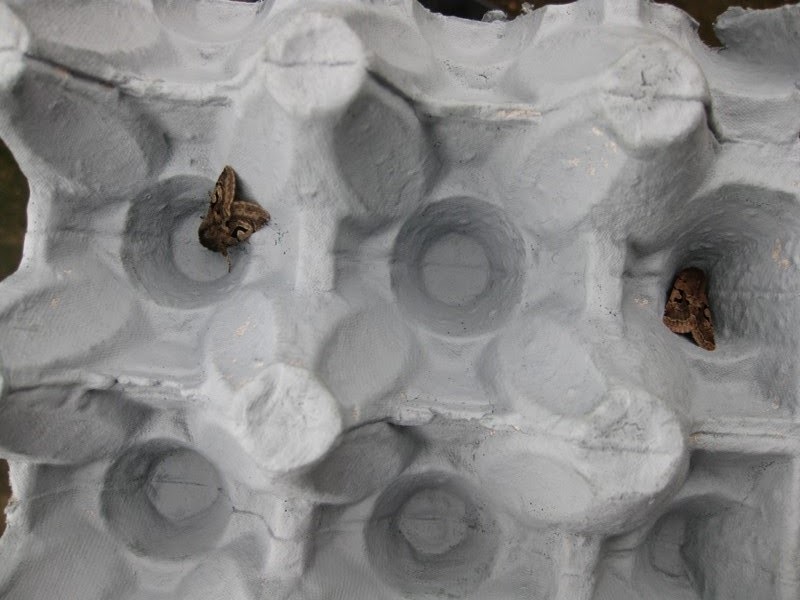Quite a number of the hedges around the fields here are Blackthorn, Prunus spinosa. They have white flowers at this time of year, but I have never seen them flower so profusely.
The black berries are used to flavour Sloe Gin, so it looks like we should have a good crop later in the year!
The Cherry trees are also flowering well this year.
Spring wouldn't be spring without Primroses, Primula vulgaris. They have been flowering for a few weeks now, so are a little past their best.
I came across a fair bit of wildlife while I was out and about. Brown Hares are not as common as they were a few years ago, but I bumped into quite a few last week. Luckily they spotted us before the dogs spotted them and they slipped off safely. I was very surprised to come almost face to face with a Fox on a local shooting estate. This was the first Fox I have seen around here, as they have been almost eradicated to protect the Pheasants. This Roe Deer was one of a group of four I spotted while looking for butterflies. They didn't see me for quite some time, but I think this one heard my camera and they ran off shortly after I took the picture!
The flowers are alive with insects. This lovely Carder Bumblebee, Bombus pascuorum, was on a Cuckoo Flower, Cardamine pratensis, in a meadow near where we live.
The three usual butterflies were all out in force. The Peacock, Aglais io, the Small Tortoiseshell, Aglais urticae, and the Comma, Polygonia c-album, all over-winter as adults, hibernating in wood piles, hollow trees and in sheds. They start to appear in March on warm days and by April they are regularly seen.
 |
| Peacock |
 |
| Small Tortoiseshell |
 |
| Comma |
My favourite local butterfly is the Orange Tip, Anthocharis cardamines. Not only do I love their colours, but for me they signify the start of the butterfly season. As with the other three white species found here, they spend the winter as a chrysalis. However, unlike the other three species of whites, they only have one generation a year, so are only seen for about six weeks.
I have real problems getting good pictures of them, and I am never satisfied. They are very fickle and will only fly or open their wings when the sun is shining. The white areas on their wings reflect the sunlight causing quite a glare. Almost as soon as the sun goes behind a cloud, they will close their wings. I have found that the best option is to find one feeding and wait for the sun to go behind a cloud, and quickly get a picture before they close their wings! This isn't easy as the males tend to fly up and down paths and river banks looking for females.
When their wings are closed they are very well camouflaged.
The female Orange Tip lacks the orange tips!
I am sorry to have put on so many pictures, but I can't resist these butterflies!
This week the weather has returned to grey and cloudy, so unusually I took my leave on the right week!























